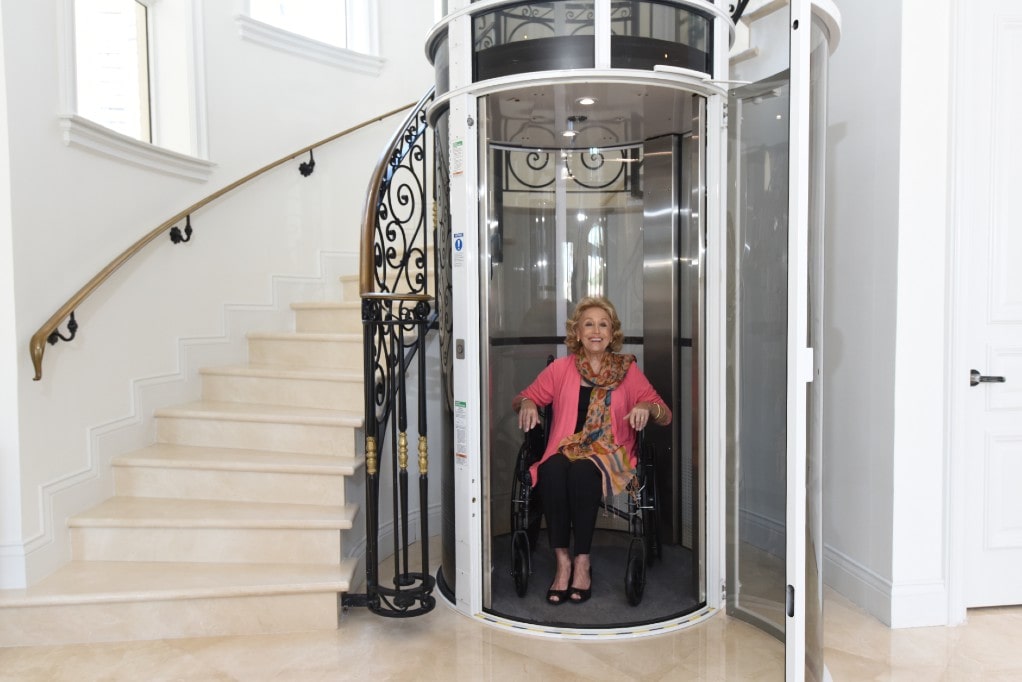We Maintain Lifts with Precision: Ensuring Safety and Effectiveness
We Maintain Lifts with Precision: Ensuring Safety and Effectiveness
Blog Article
Digging Into the World of Elevators: Common Concerns Dealt With by Various Lift Systems
As we browse via the vertical transport systems of modern-day structures, elevators stand out as a crucial component of our everyday lives. From hydraulic lifts to traction systems and machine-room-less designs, each lift type comes with its collection of usual concerns.
Hydraulic Elevators
Hydraulic elevators, often chosen for low-rise buildings, use fluid stress to regulate the activity of the elevator automobile (lift repair companies). This mechanism includes a hydraulic pump pushing oil into a cylinder, triggering the elevator to move in the desired direction. While hydraulic elevators are understood for their smooth and quiet operation, they do include their own collection of common issues
One prevalent issue with hydraulic lifts is oil leakage. The seals in the hydraulic system can wear gradually, bring about oil infiltration. This not just creates a mess but can also affect the elevator's efficiency if left unaddressed. Furthermore, problems with the control system, such as malfunctioning valves or a malfunctioning pump, can trigger interruptions in the elevator's movement.
Regular upkeep and punctual fixings are important to make sure the smooth functioning of hydraulic lifts. By resolving these typical concerns proactively, structure proprietors can decrease downtime and ensure the safety and security and performance of their vertical transport system.
Grip Lifts
When thinking about upright transport systems in structures, one more typical type in addition to hydraulic lifts is the grip elevator. Grip elevators run using a system of ropes and counterweights that move the lift car by grasping onto the hoist ropes. This device permits for smoother and faster vertical transport contrasted to hydraulic systems.
Among the usual problems dealt with by traction elevators is rope wear. The continuous movement of the ropes within the traction system can bring about tear and use gradually, potentially creating the elevator to breakdown or come to be dangerous for use. Routine inspections and upkeep of the ropes are necessary to ensure the elevator's correct functioning and security.
An additional problem that grip elevators might come across is connected to the control system. Troubles with the control system can lead to issues such as unpredictable movement, hold-ups in reaction times, or also total shutdowns. Normal testing and maintenance of the control system are important to stop such problems and guarantee the lift's integrity.
Machine-Room-Less (MRL) Lifts

Among the crucial visit site components of MRL elevators is the small gearless traction maker that is set up within the hoistway. This device efficiently drives the elevator vehicle without the need for bulky tools located in typical traction lifts. Additionally, MRL lifts generally utilize a counterweight system to stabilize the cars and truck, further improving their power performance.
Regardless of their benefits, MRL lifts might encounter challenges connected to upkeep and fixing because of the restricted room for tools setup. Ease of access for servicing components within the shaft can be limited, needing specialized training for technicians. Correct maintenance routines and regular evaluations are important to make certain the ongoing smooth procedure of MRL elevators.
Overloading and Weight Restriction Issues
Are lifts equipped to handle excess weight lots effectively and securely? Straining and weight limitation problems are critical concerns in lift operations. Elevator producers style lifts with particular weight capacities to guarantee passenger safety and equipment durability. Surpassing these weight limits can bring about numerous problems, including mechanical failures, hold-ups, and security hazards.
When lifts are strained, it puts too much stress on the electric motor, cable televisions, and other components, potentially causing malfunctions or breakdowns. If they detect excess weight, safety mechanisms such as sensing units and overload sensing units are in place to stop lifts from relocating. Furthermore, exceeding weight limitations can lead to enhanced check it out energy consumption and deterioration on the elevator system.
To minimize overloading problems, building managers should plainly show weight limits in elevators and inform owners on the significance of sticking to these restrictions - lift repair companies. Regular maintenance checks by qualified technicians can likewise aid ensure that elevators are running within safe weight specifications. By addressing overloading and weight limitation problems proactively, structure owners can boost elevator safety and security and performance
Electric System Failings
Surpassing weight restrictions in lifts can not just lead to mechanical concerns yet additionally possibly add to electric system failures within the lift framework. Electrical system failings are a critical problem in lift procedure, as they can trigger unanticipated closures, malfunctions, or also security hazards.
Regular upkeep and assessments are important to determine and address possible electric issues quickly, guaranteeing the reliable and safe procedure of lift systems. By adhering to weight restrictions and performing regular electric system checks, building owners can minimize the threat of electric failures in elevators.
Conclusion

Hydraulic elevators, usually chosen for low-rise structures, utilize fluid stress discover this info here to manage the activity of the lift automobile.When thinking about upright transport systems in structures, one more typical type apart from hydraulic elevators is the traction lift. Grip elevators operate using a system of ropes and counterweights that relocate the lift vehicle by clutching onto the hoist ropes. Unlike typical lifts that need a different equipment room to house the equipment, MRL lifts incorporate many of the elements within the shaft, eliminating the demand for a devoted maker area.In verdict, elevators deal with usual concerns such as hydraulic malfunctions, grip system failures, and electrical system problems.
Report this page